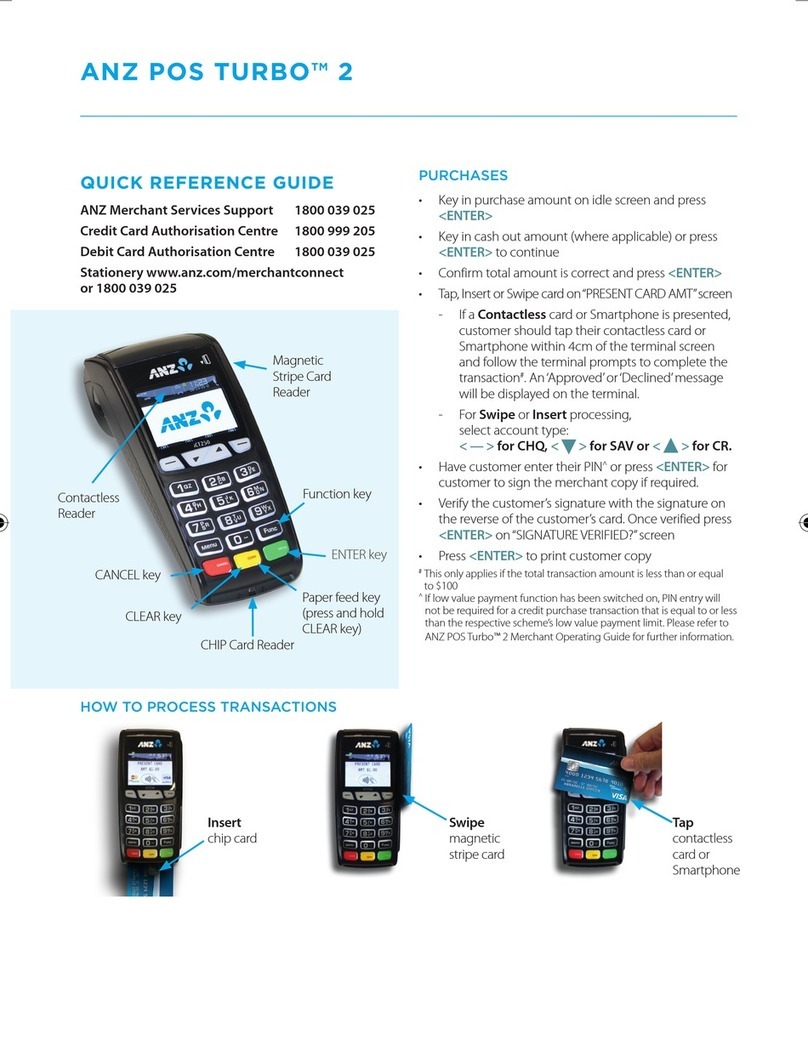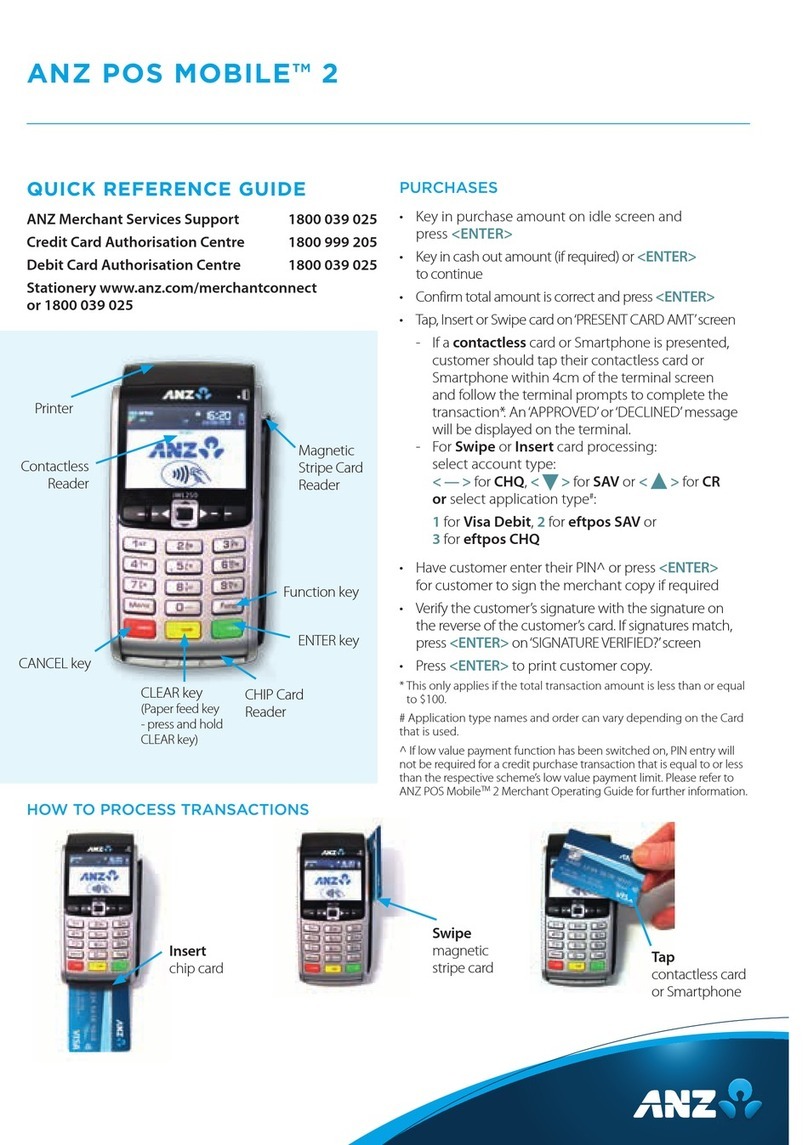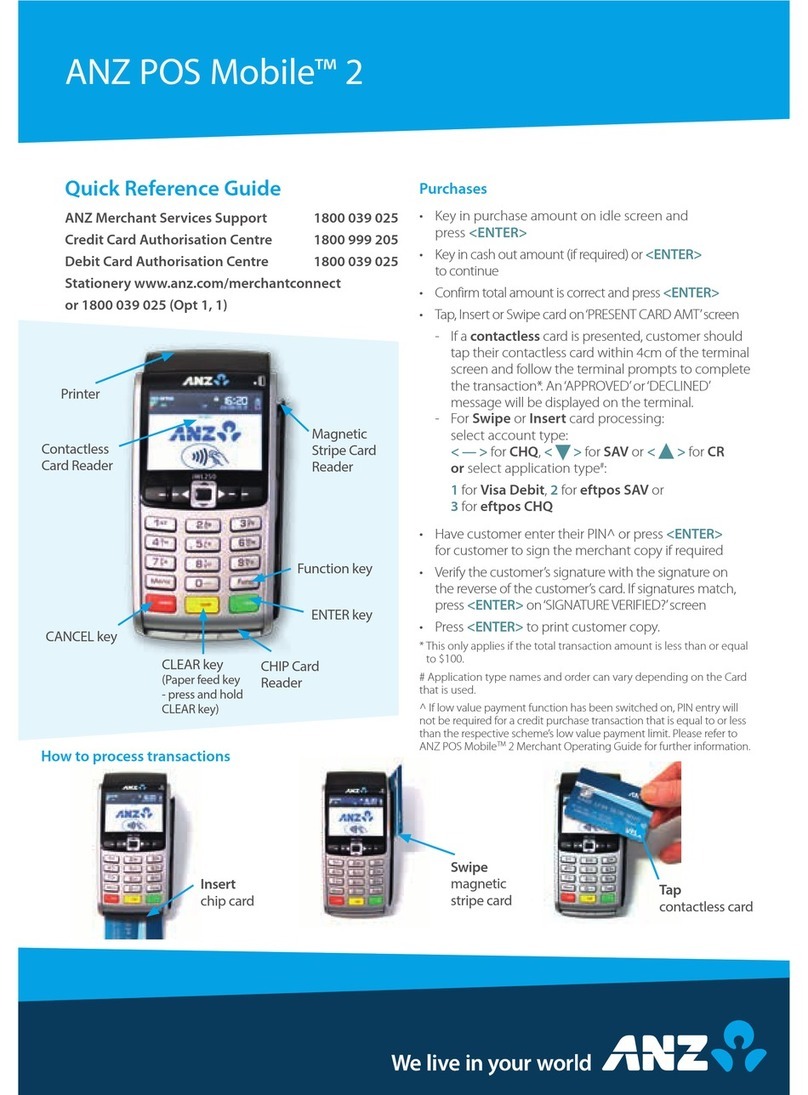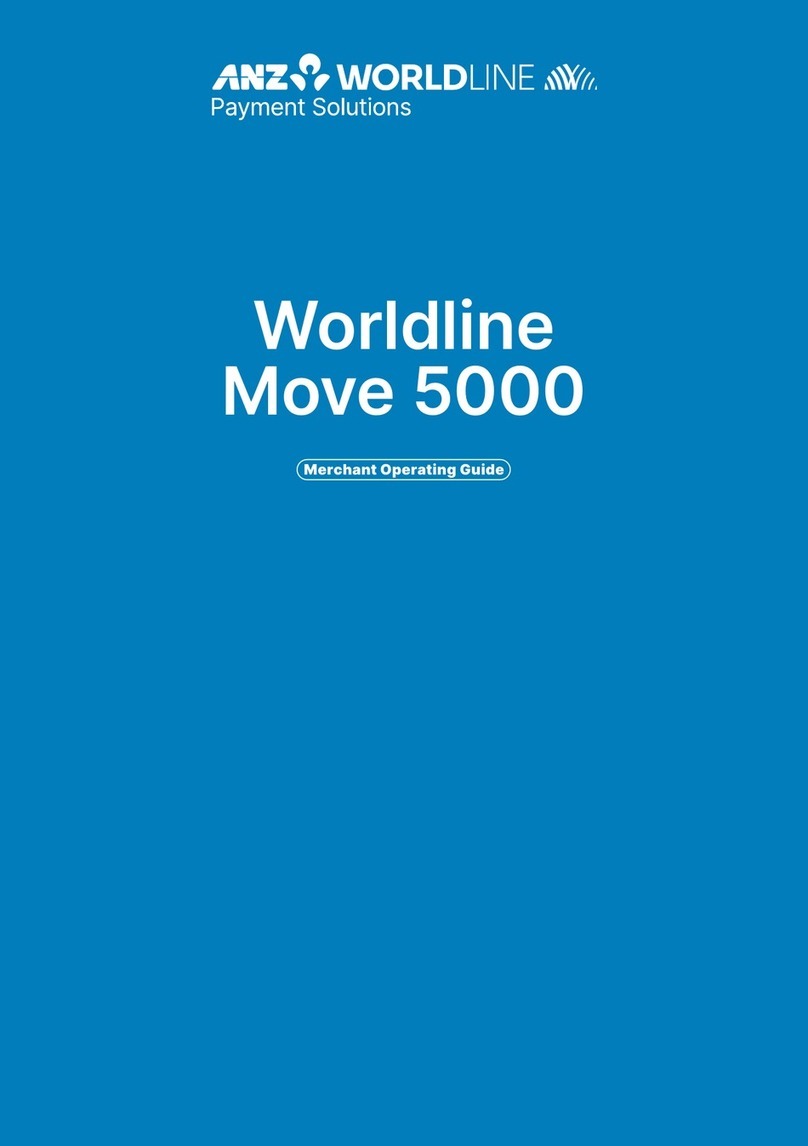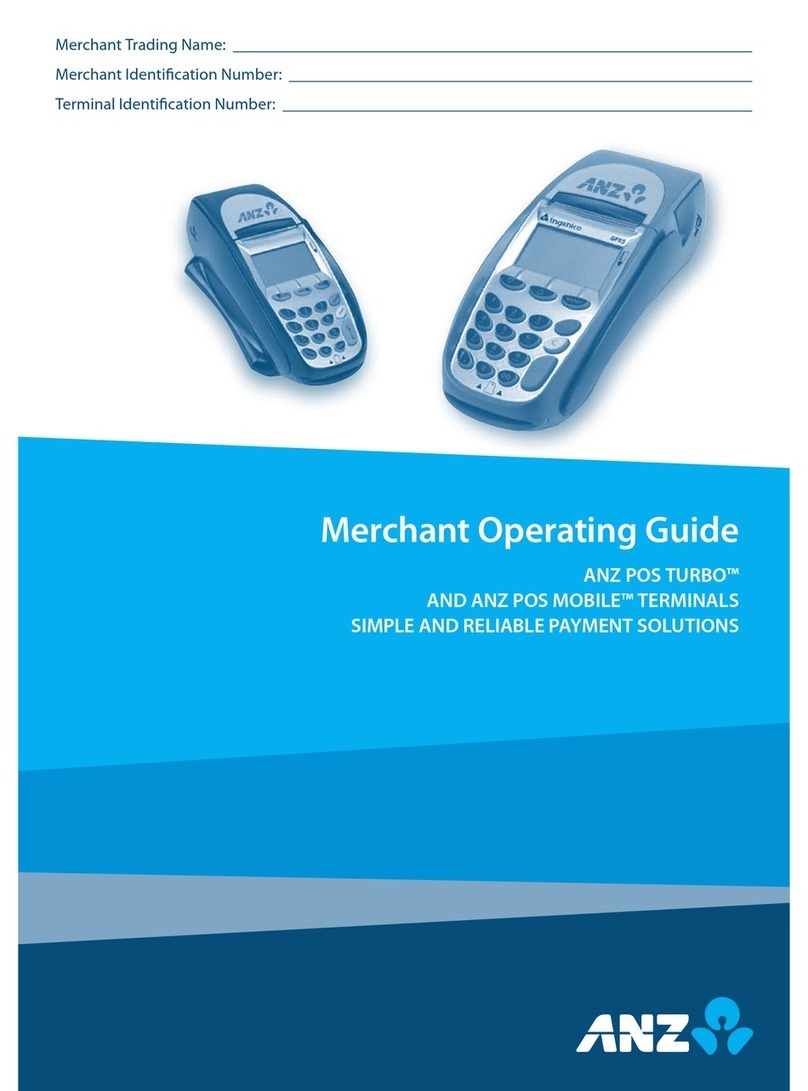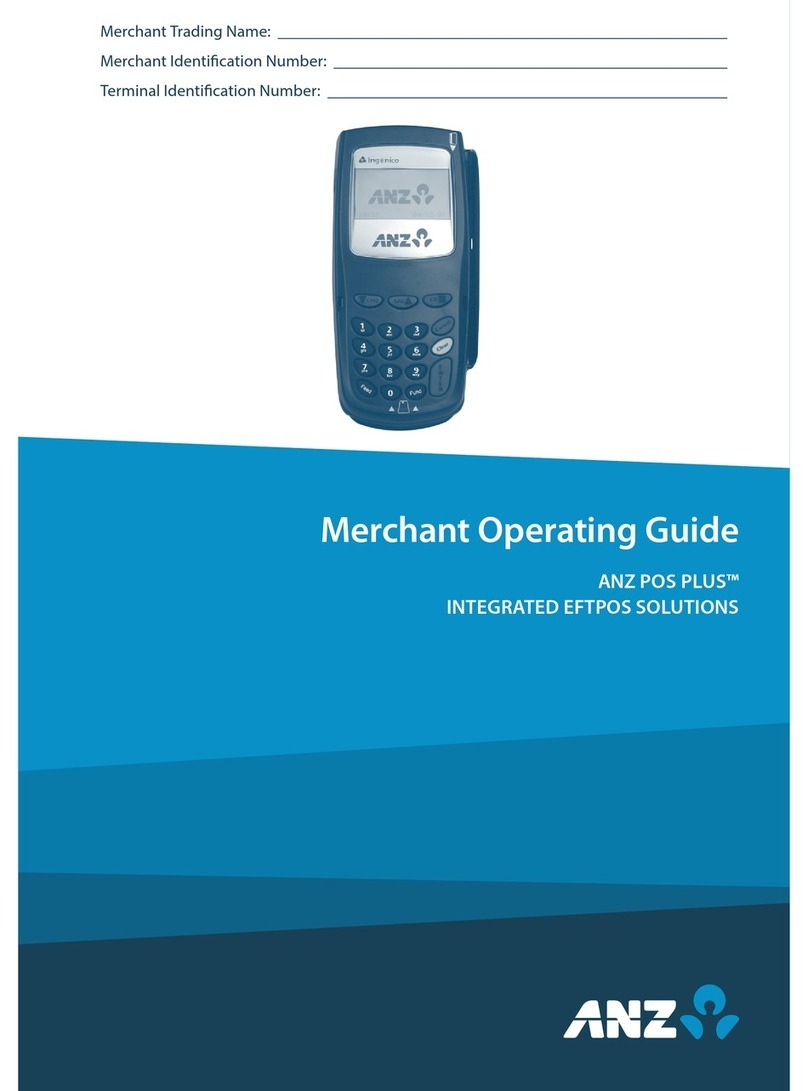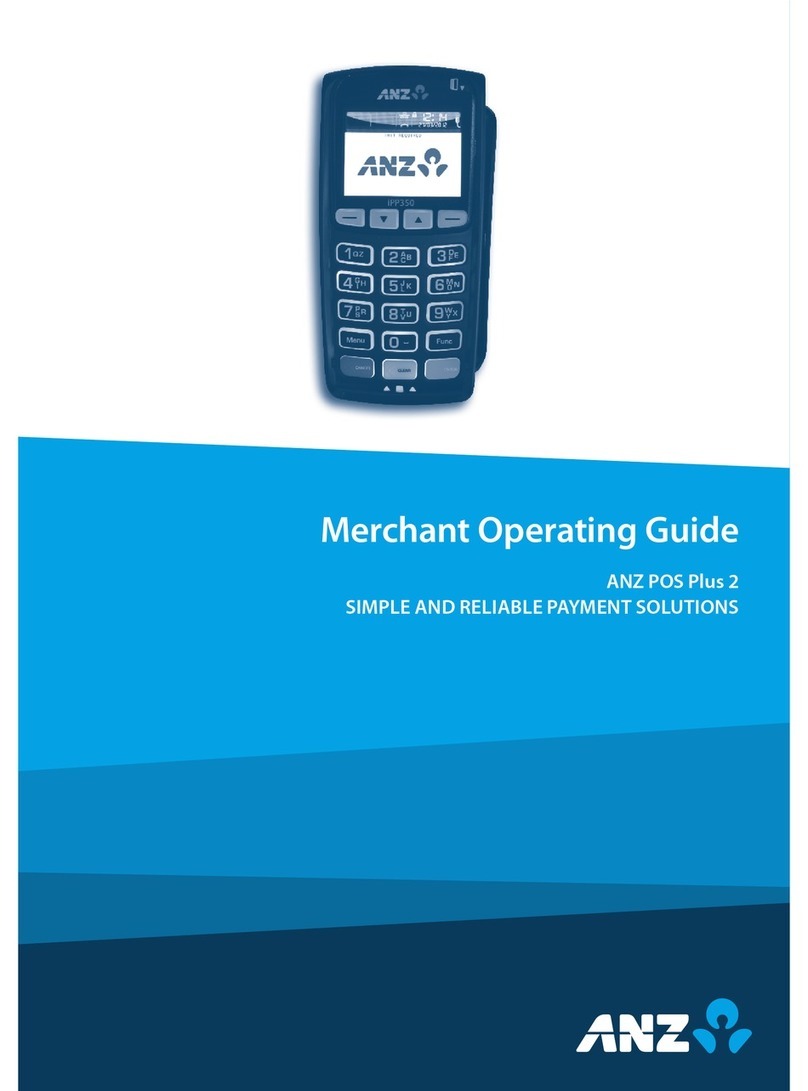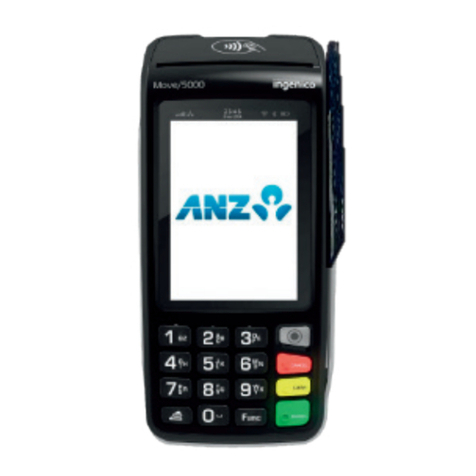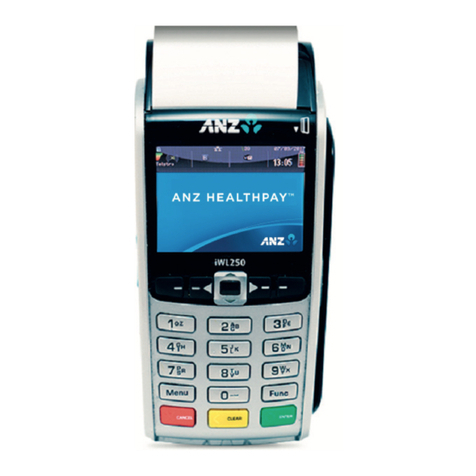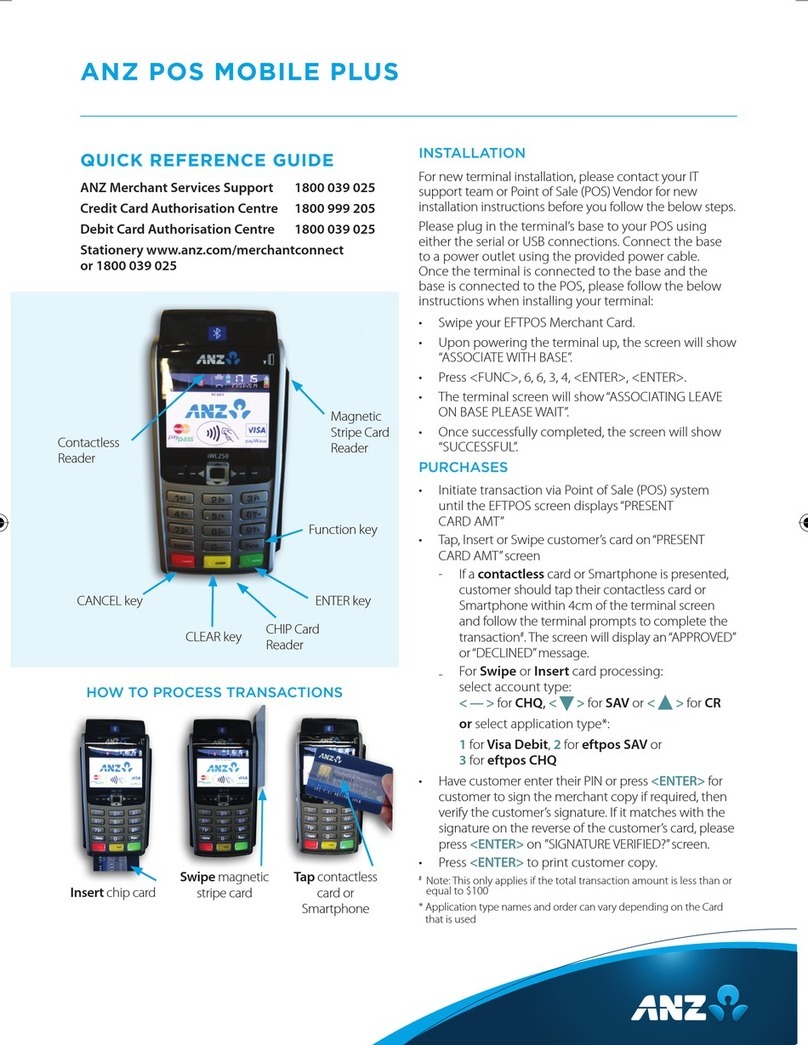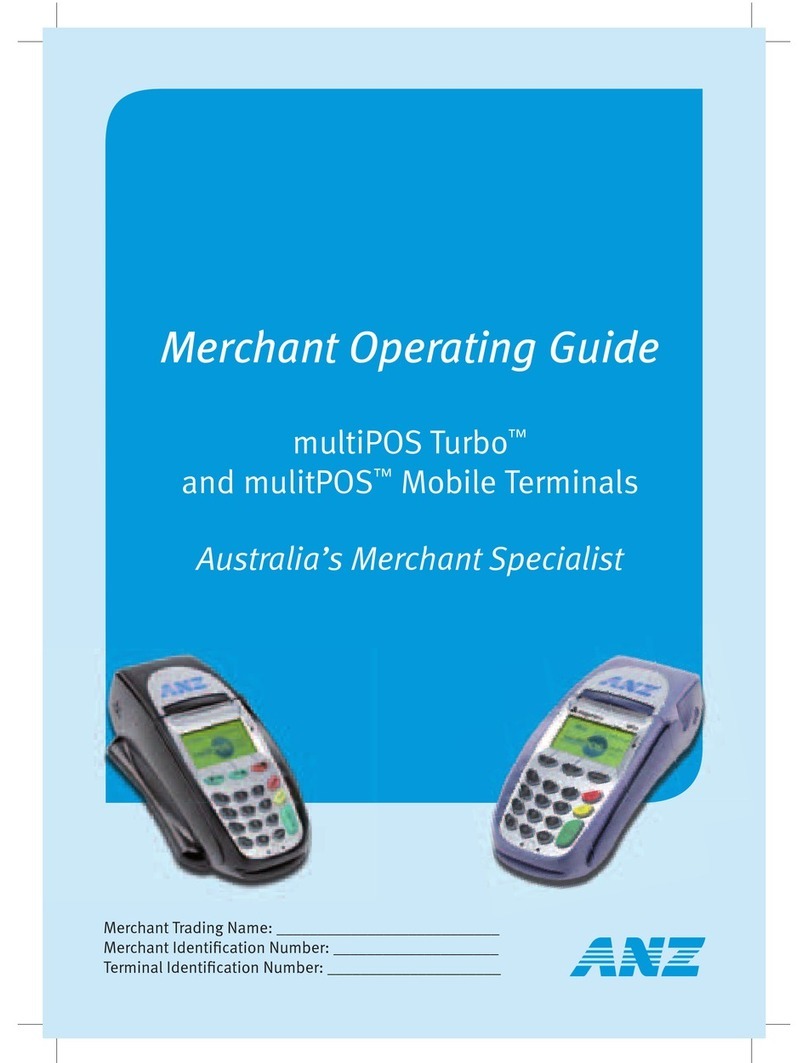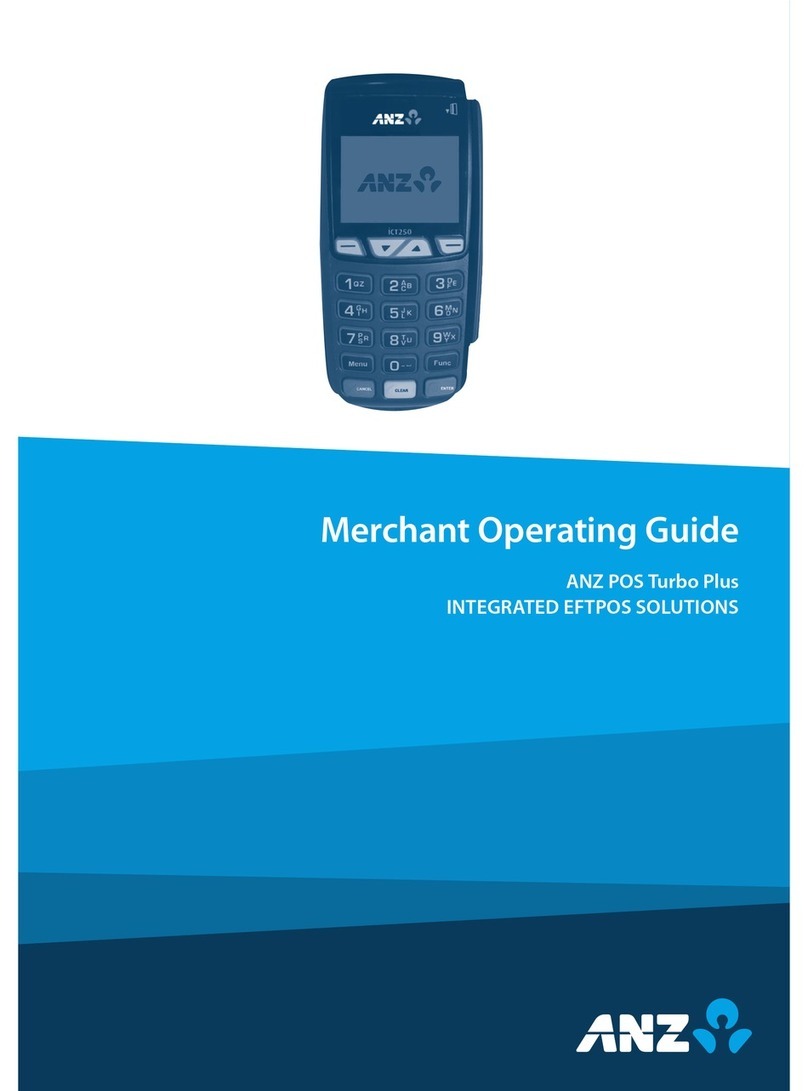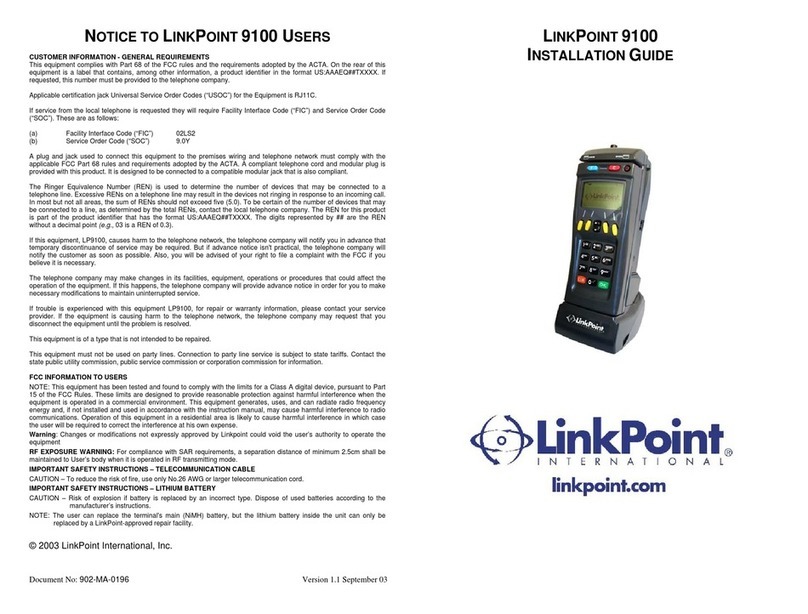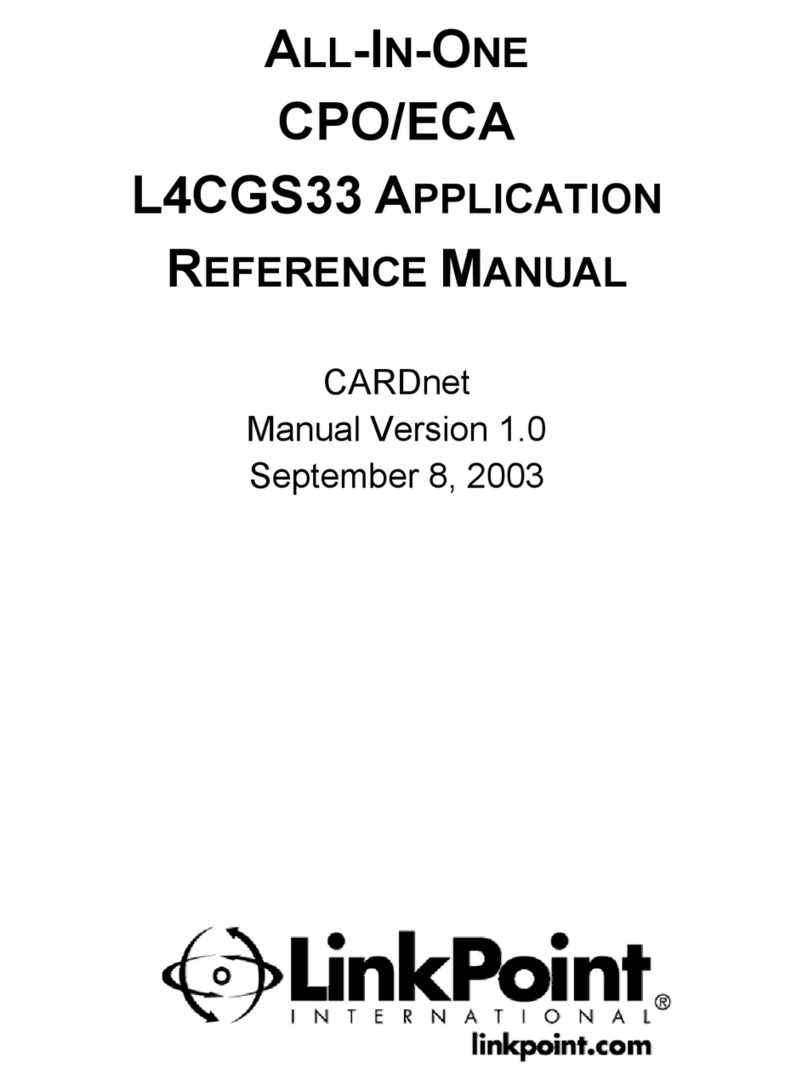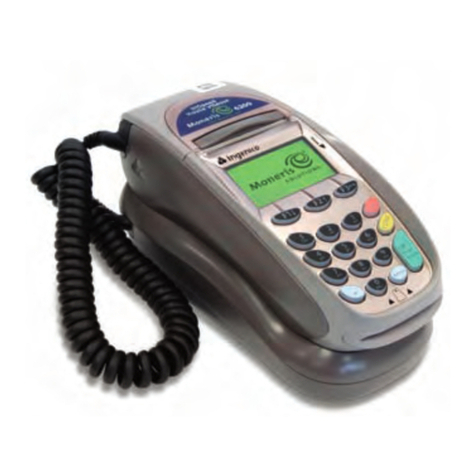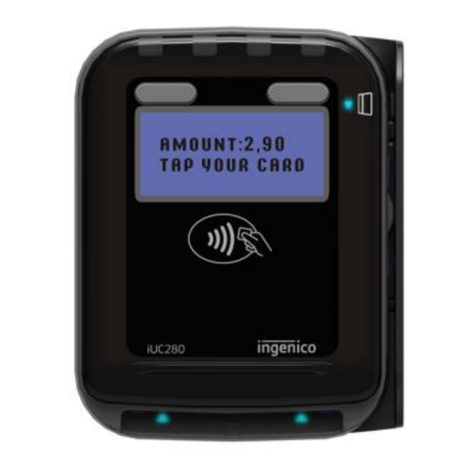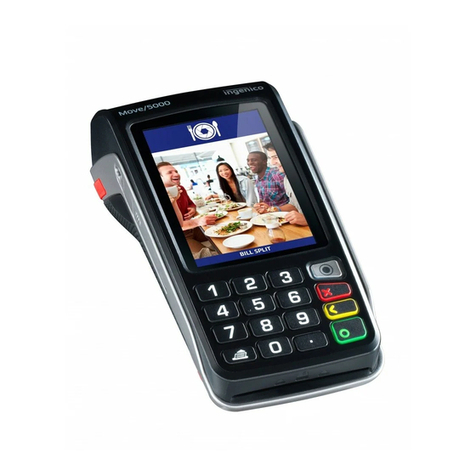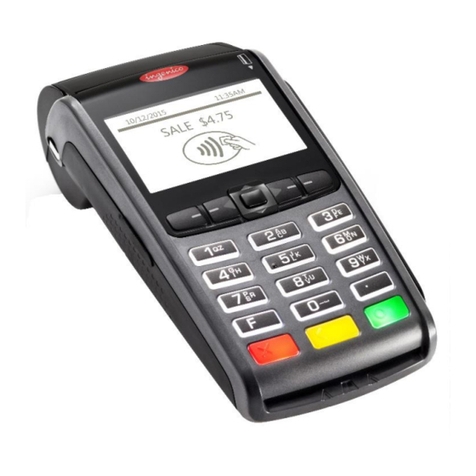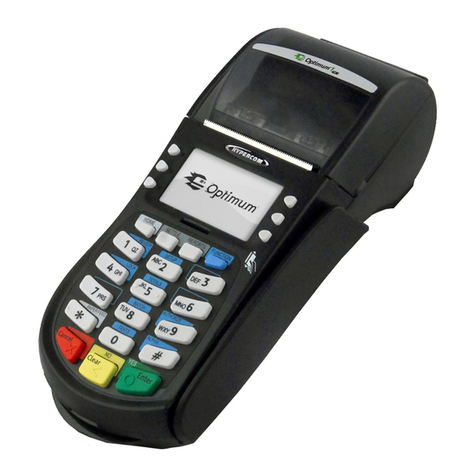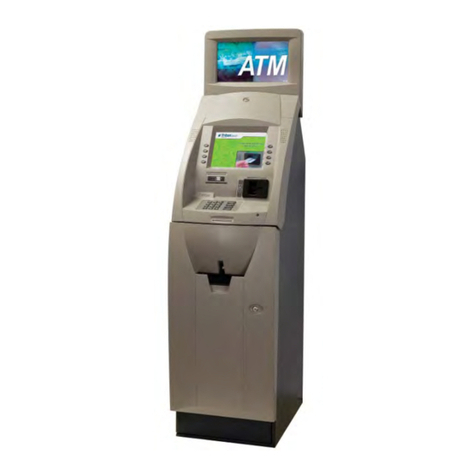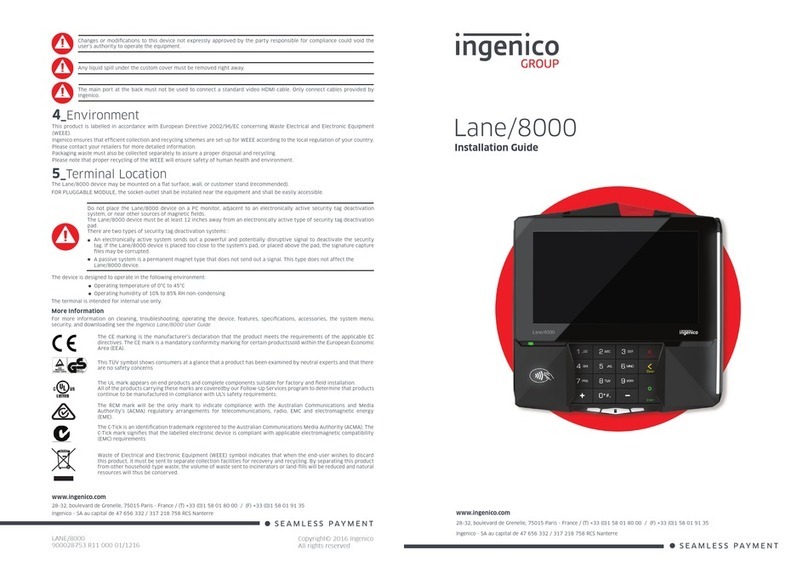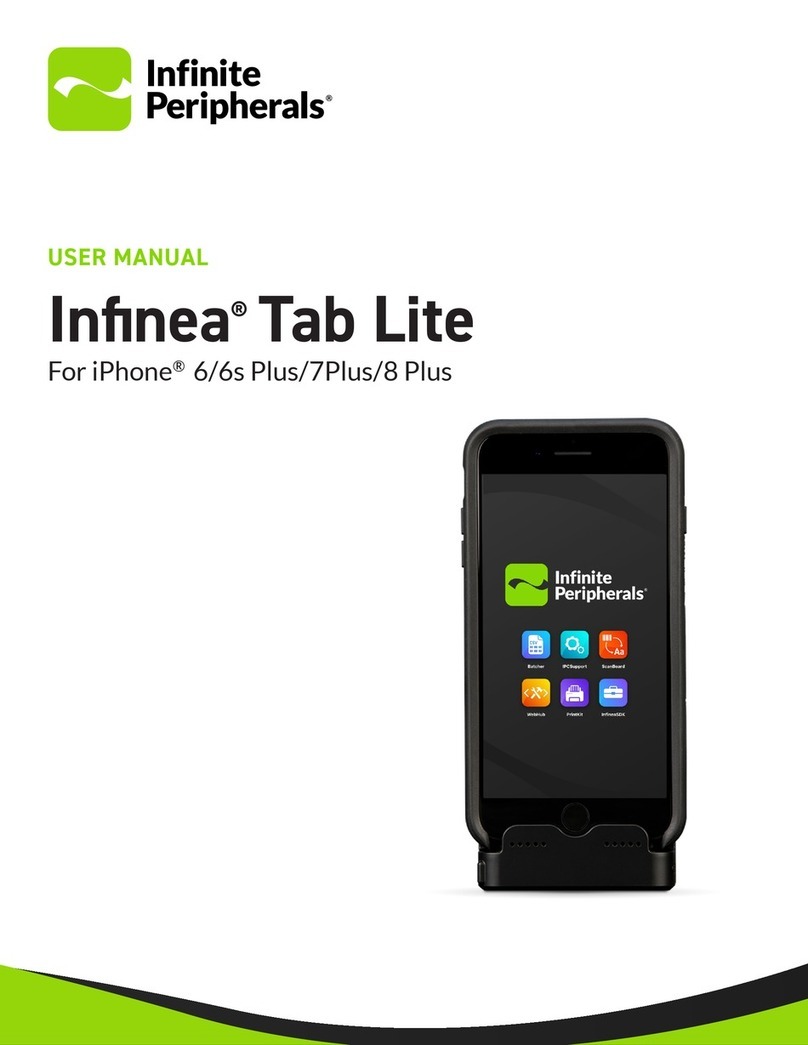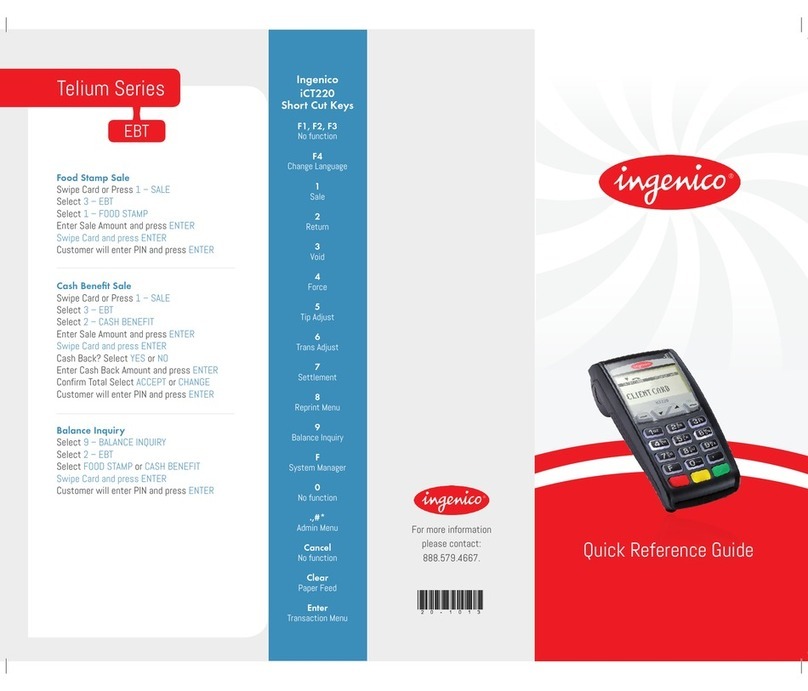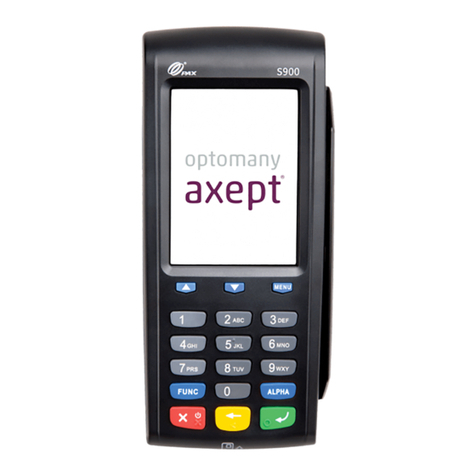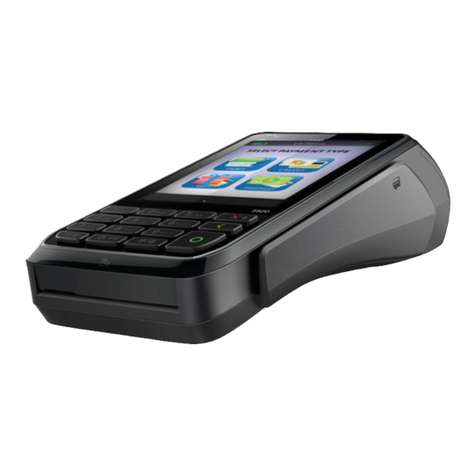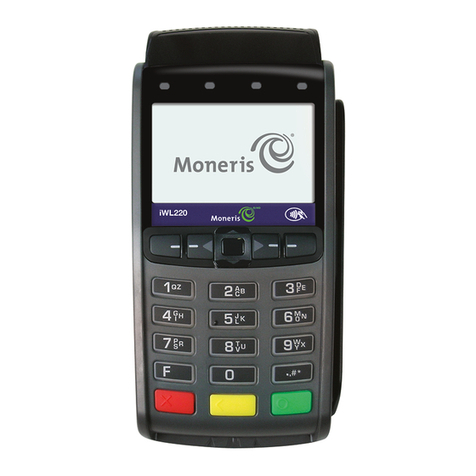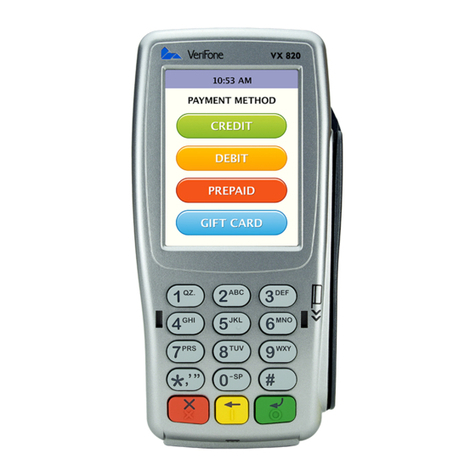
10
4. MERCHANT CARDS
You have been provided with two dierent types of Merchant Cards. These are designed
to assist you with processing Manual Paper Voucher Transactions. It is your responsibility
to always keep your Merchant Cards in a safe place, and ensure only authorised
sta have access to these cards. Unauthorised access to these cards can result in
unauthorised refunds via your merchant facility resulting in theft from your business.
It is important that the correct cards are used at all times.
Replacement Merchant Cards can be ordered from ANZ Merchant Services on
1800 039 025 by the authorised person from your business.
EFTPOS Merchant Card (Terminal ID card)
• To imprint your manual EFTPOS Merchant Summary Vouchers for cheque and
savings transactions
• As reference for your Terminal Identication Number (TID).
Merchant Summary Card (Merchant ID card)
Your Merchant Summary Card is required when you imprint your Merchant Summary
Voucher for Manual Credit Card transactions and as a reference for your ANZ Merchant
Identication Number (MID).
5. EQUIPMENT MAINTENANCE
It is your responsibility to provide a clean operating environment for your terminal.
Liquids and dust may damage the terminal components and can prevent it from
operating. To order a Magnetic Stripe Card Reader Cleaner, please visit https://www.anz.
com/merchantconnect or contact ANZ Merchant Services on 1800 039 025.
To prevent a re, power units and cords should be inspected regularly. If any damage
to the power units and cords are found on your terminal, please contact ANZ Merchant
Services on 1800 039 025 for assistance. It is important to clean your terminal regularly
to maintain its operating eciency as you may be charged if it is damaged. The terminal
and screen may be wiped clean using a damp cloth. Do not use abrasive materials. Use a
soft brush to keep the keypad dust-free.
• Please do not tamper with or remove the terminal housing
• Do not place the stickers on the terminals
• Do not disconnect your terminal’s power supply or communication line unless
instructed to do so by ANZ Merchant Services.

